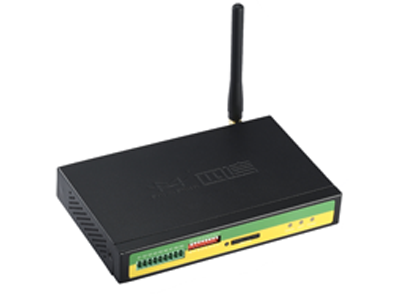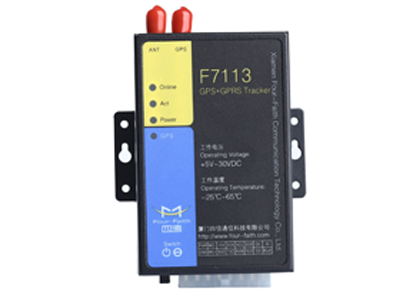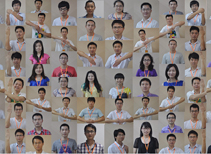
Although Latin America is nowadays considered a market at full-growth pace, the fact of the matter is that the region’s adoption of technology is, in general, much slower than in the rest of the world. Nonetheless, and running counter to this trend, Argentina, Brazil and Chile now have the largest numbers of social media users in Western society.
This reveals the cultural importance of technology and the society’s appropriation of new devices. The penetration of digital technology and smart phones is increasing surprisingly fast year after year, much faster than in other markets.
In the case of machine to machine (M2M) technology, the industry is still in the process of maturing; it is at a very early stage. Nonetheless, the benefits that could accrue to a region like Latin America through the Internet of Things (IoT) and M2M technology are numerous. The most obvious advantage is financial, but equally noteworthy is the efficiency it could generate, especially in terms of managing energy and natural resources.
The components needed for an M2M ecosystem to prosper include: a high-quality broadband connection, mobile Internet access, stable Cloud Computing services, and Big Data processing infrastructure, among other requirements. All these components have been the focus for investments throughout the region during the last two years. This is the reason why the industry boom will begin between 2014 and 2015.
A necessary step is to encourage a prototyping culture and to invite new technological companies to work on Hardware and not just on Software as many countries have been doing, such as in Chile or Argentina which now have major entrepreneurial centres. At the moment, the software lets you achieve production at less cost and with bigger profits.
In that sense, the purchase of Nest by Google a few weeks ago will probably mark a major milestone, highlighting the importance of the industry and proving it is a highly profitable market.
With social vision
It is striking that the first M2M enterprises in the region have had to do with a social good, such as caring for patients at a distance, e-health, or caring for the environment. The Lima I/O project arose out of a “hackathon” programmers’ meeting. Work is currently ongoing with the Office of the Mayor of Lima in Peru to develop their own environmental sensors.
Cities are the greatest consumers of IoT in Latin America. Services like the TAG on Santiago’s motorways or the public transit cards being incorporated into all possible routes to facilitate the transportation of people, connecting up security cameras and panic buttons or synchronizing devices.
The fact is that the M2M industry has not yet reached homes where it could benefit hundreds of thousands of people in their daily lives. The industry must bear in mind that there is a large number of people with low resources who could benefit from this new technology.
Following the example of such plans as One Laptop Per Child, which have been vital to close the digital divide among the new generations, the industry has to be capable of designing the correct rollout of devices to benefit large populations. An M2M project of such characteristics would exponentially improve the quality of life of people in Latin America.
In short, there are numerous potential markets of different sizes and the possible support of various sectors. It is necessary for companies, investors, engineers and developers to see the manifold opportunities of a culture that values connectivity far beyond its mere usefulness.













